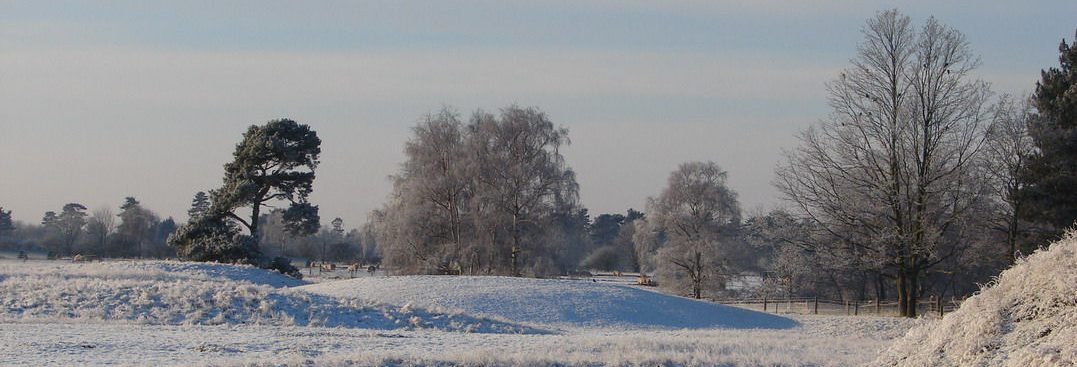Dr Sam Newton’s Wuffings’ Website
Welcome to my Wuffings’ Website, which aims to provide a focus for the study of Sutton Hoo and the history and culture of the Wuffing Kingdom of East Anglia and beyond.
Please scroll down for information about (1) Wuffing Education study-days, (2) my weekly seminars, (3) my lectures, (4) my works, (5) my books and publications, and (6) some old but still occasionally useful resources for Wuffing & Sutton Hoo Studies.
1. Wuffing Education Study-Days 2024 (more events to follow)
Saturday 20th April 2024: Climate-Change and the Transformation of the Suffolk Coast, AD 1100-1600 – a live study-morning with Dr Mark Bailey FRHistS (Professor of Late Medieval History, University of East Anglia). How climatic turbulence helps to explain the highly varied fortunes of the ports along the coast in the Middle Ages, from the rise of Lowestoft to the decay of Orford.
Friday 10th May 2024: The Forging of England – an online study-day with Dr Gareth Williams. A new look at the 10th century unification of England under the West Saxon kings and the way in which they re-wrote their own history.
Friday 17th May 2024: Ghost-Ships of the Wuffings – an online study-day with Dr Sam Newton FSA exploring the ship-burials at Sutton Hoo and Snape and their significance, drawing on literary and archaeological parallels.
or click here for the full programme on Eventbrite.
2. Weekly Morning Seminars in Sutton Hoo Studies 2024, live and online
please click here for the latest schedule.
3. If you wish to book me to deliver a lecture or study-day, click here for a selection of titles.
4. About Me and My Works
5. My Books:
The Reckoning of King Rædwald (2003)
The Origins of Beowulf and the pre-Viking Kingdom of East Anglia (1993)
My more recent published papers, such as “The Forgotten History of St Bótwulf (Botolph)” (2016), can be downloaded from my page on Academia
6. Resources for Wuffing Studies:
Wuffings’ Who Was Who (genealogical & historical information)
Sutton Hoo: Burial-Ground of the Wuffings (some of the wonders of the royal ship-burial)
Wuffing and Related Places of Interest (sites where the Wuffings walked; and more) – work in progress
In Defence of the Wuffings (Book Review) – my response to some of Professor Martin Carver’s theories about Sutton Hoo and the kings of East Anglia.
Some Wuffing Studies’ reading lists

